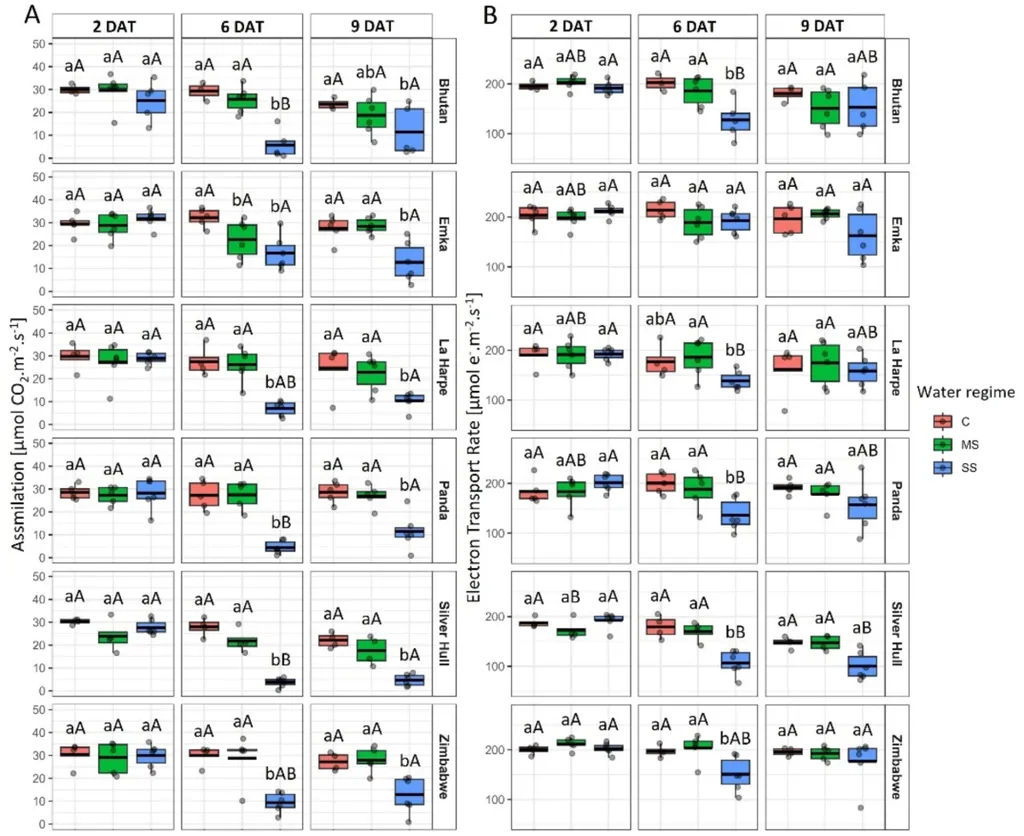In the quest for sustainable and resilient agriculture, buckwheat is emerging as a promising crop, particularly in regions with challenging agroclimatic conditions. A recent study published in *Scientific Reports* has shed light on the yield performance and stability of buckwheat genotypes, offering valuable insights for breeders and farmers alike.
The research, led by Raghav Sood from the ICAR – National Bureau of Plant Genetic Resources, evaluated twenty buckwheat genotypes across two distinct locations over three consecutive years (2022–2024). The study employed Additive Main Effects and Multiplicative Interaction (AMMI) and Genotype Plus Genotype by Environment Interaction (GGE) biplot analysis to assess the genotypes’ stability and adaptability.
The findings revealed significant genotype × environment (G × E) interactions for all characters, underscoring the importance of multi-environmental trials for effective selection and breeding. “Our results highlight the necessity of considering environmental factors in genotype selection,” Sood noted. “This approach can lead to the development of more resilient buckwheat varieties that can thrive in diverse conditions.”
The analysis of variance showed that environments had a significant impact on genotype performance. However, two genotypes stood out: IC109729 and Sangla B-129. IC109729 recorded the highest yield of 3.80 grams per plant, while Sangla B-129 produced 2.86 grams per plant, both demonstrating remarkable stability across different environments.
The GGE biplot analysis identified Shimla, 2023, and Sangla, 2023, as the most discriminative and representative environments. These locations are now ideal for further testing and selection, providing a robust framework for future breeding programs.
The commercial implications of this research are substantial. Buckwheat’s potential as a nutrient-dense crop in sustainable agriculture cannot be overstated. The identification of high-yielding and stable genotypes can boost productivity in marginal areas where traditional cereal crops struggle. “This research provides a solid foundation for enhancing buckwheat production and expanding its cultivation in challenging environments,” Sood added.
As the agriculture sector grapples with the impacts of climate change, the insights from this study are timely and crucial. By focusing on genotype selection and environmental assessment, breeders can develop varieties that are not only high-yielding but also resilient to varying climatic conditions. This approach can pave the way for a more sustainable and productive agricultural future, benefiting farmers and consumers alike.
The study, published in *Scientific Reports* and led by Raghav Sood from the ICAR – National Bureau of Plant Genetic Resources, offers a comprehensive analysis of buckwheat genotypes, providing valuable data for breeders and farmers. The findings underscore the importance of multi-environmental trials and the potential of buckwheat as a resilient and productive crop in sustainable agriculture.

